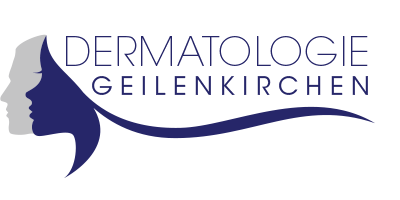Light therapy
In our practice, treatment with UV-A, UV-B, UV-A and UV-B (in the irradiation cabin) and cream PUVA (for hands and feet) is possible.
- UV-A radiation is most effective in atopic dermatitis and mastocytosis.
- UV-B radiation affects psoriasis (psoriasis), eczema and itching.
- A combined UV-A / UV-B treatment is mainly used for pruritus, atopic dermatitis and sun allergy.
- PUVA therapy is used in certain forms of eczema and psoriasis, lichen (lichen planus), and T-cell lymphoma (mycosis fungoides).
In PUVA treatment, the so-called photochemotherapy, first the application of a “photosensitizer” takes place, meaning a substance that makes the skin sensitive to light. This is then followed by UV-A-exposure of the skin. In this treatment, only the diseased skin areas are creamed. After 30 to max. 60 minutes contact time is the cream is removed. On adjacent healthy skin areas, the cream should not be applied.
Patients who are hypersensitive to UV-rays should avoid the irradiation treatment. During therapy, you should not take any drugs that make the skin more sensitive to light, and always wear light protective goggles. Please avoid at all costs additional radiation outside the practice, for example by sun exposure, solarium etc.
The cost of the various treatments are usually covered by statutory health insurance; please clarify this if required before your first treatment.

